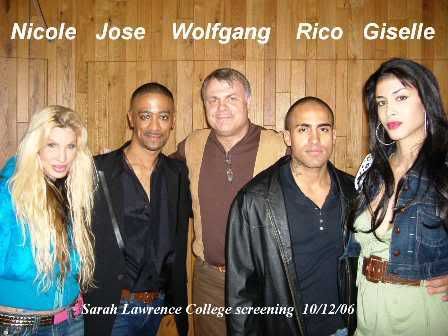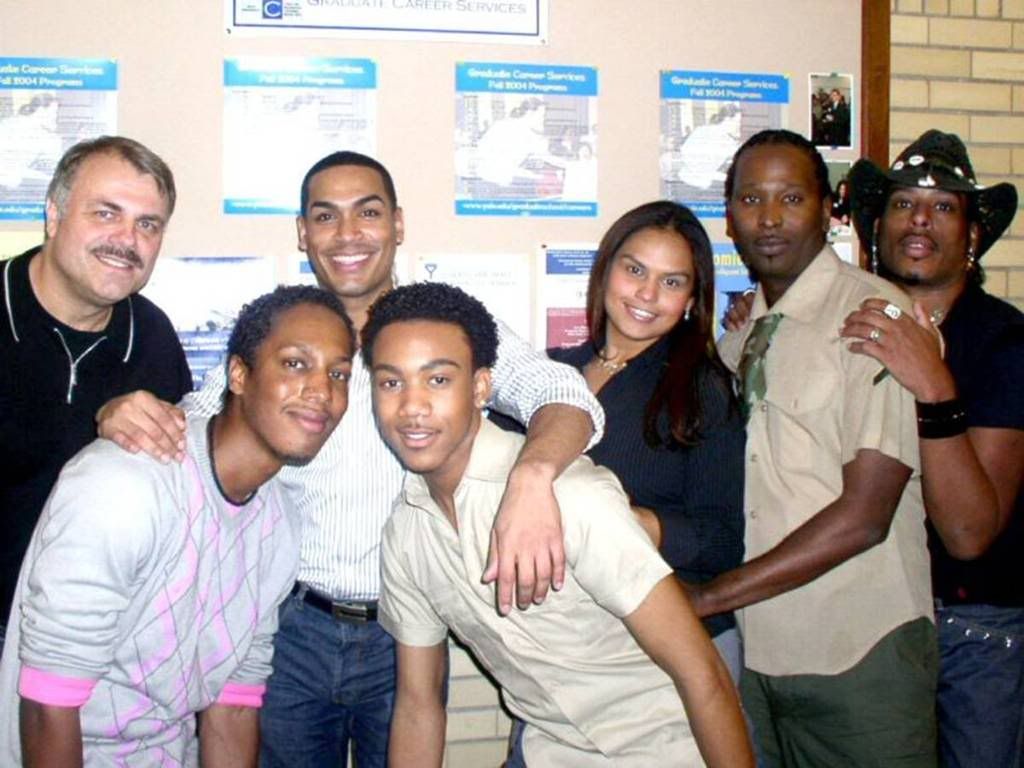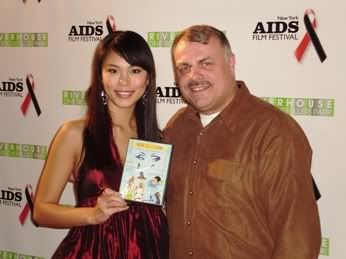The documentary How Do I Look has been screened at various colleges and universities as part of its mission to increase education about the Harlem “Ball” community. This academic tour has inspired many students to begin to examine the film for its contribution to LGBT, sociology, and cultural studies.
For example, Jon Freeman, who studied at New York University, wrote in the Fall 2006 a thesis paper about the Vogue dance style. Entitled, "Voguing: Queer, Critical, and in Motion: Towards Fabulous Queer Worlds," Jon sets out to seek "fierceness" in dance spaces.
A partial listing of the academic tour of How Do I Look follows below:
Sarah Lawrence College. In 2006, How Do I Look was screened in connection with the college’s 4th Annual Queer Film Festival. Sponsored by LGBT Studies, the Office of Student Affairs, the Office of Racial and Ethnic Diversity, Campus Engagement, the Programming Board, SLC ACTS UP, QVC and Student Senate, the screening was followed by a Q&A session and dance performances.
Oberlin College. On April 1, 2003, How Do I Look was screened in Cleveland, OH.
University of Detroit. On December 4, 2003, How Do I Look was screened in Mercy, MI. The screening, which was sponsored by the Women’s Study Program, attracted a full-capacity crowd of 100 people.
New York University. On February 10th, 2003, How Do I Look was screened at NYU. This screening, which was sponsored by SHADES, attracted a full-capacity crowd of 110 people. It was followed by a speaking engagement. The speakers included Octavia Manolo Blahnik, Luna Khan, and the director Wolfgang Busch. A second screening at NYU later took place in connection with Black History Month, on February 17, 2004. Speakers: Tracy Africa, Willi Ninja, Kenny Ebony, Luna Khan, Wolfgang Busch. Again sponsored by SHADES from NYU, approximately 100 people attended.
Harvey Milk High School. Set to coincide with World AIDS Day on December 1, 2003, How Do I Look was screened at the Harvey Milk High School in NYC. Sponsored by the Hetrick Martin Institute, a full-capacity crowd of 80 people attended this special screening.
Yale University. October 18, 2004, How Do I Look was screened in New Haven, CT. At this event, the speakers included: the late Willi Ninja, Jazmine Manolo Blahnik, Jack Givenchy, Luna Khan, Wolfgang Busch, Frank Givenchy. This special screening event was sponsored by: The Office of Diversity and Equal Opportunity, the Larry Kramer Initiative for Gay and Lesbian Studies, and the McDougal Center at Yale University. Eight-five people attended this event.
More information about the academic tour, please visit the work-in-progress screenings page of the film’s official website.




